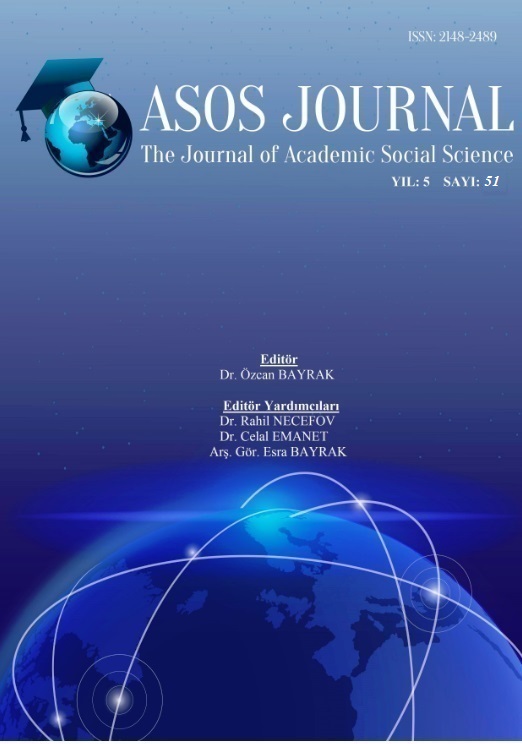Author :
Abstract
Helal turizm sektöründe yaşanan en büyük problemin, tesettür problemi olduğunu söylemek mümkündür. Müslüman bir bayanın, Hanefî ve Mâlikî mezheplerine göre el ve yüz (Hanefîlerde ayrıca ayak) hariç bütün bedeni, Şâfiî ve Hanbelî mezheplerine göreyse bu uzuvları dâhil bütün bedeni mahremdir. Erkeğin avret mahalli ise, göbek ile diz kapağı arasıdır. Sadece Zâhirî mezhebine ve bazı âlimlere göre erkeğin avreti galiz avret, yani ön ve arka kaba yerleridir. Zâhirî mezhebi ve diğer bazı âlimlerin görüşleri taklit edilerek, erkeklerin bacaklarını kısmen açması câizken, kadınlar için örtünmesi gereken avret bölgelerinde herhangi bir tasarruf söz konusu değildir. Tesettürlü bayanların bir kısmı, son yıllarda üretilen ‘tesettür mayo (el-mâyû eş-şer’î)’ ile bu problemi aşmaya çalışmaktadır. Fıkıh literatüründe, bayanların şalvar yani sirval giymeleri hakkında yer alan görüşlerle günümüz ilim adamlarının pantolon hakkındaki görüşlerinden hareketle, tesettür mayonun câiz olmadığı anlaşılmaktadır. Çünkü bu mayolar, tesettür ruhuna uygun düşmemekte, gerek ayetlerde gerekse hadislerde yasaklanan örtünme türü kapsamına girmekte ve özellikle giyen kişi sudan çıktıktan sonra vücuda yapışarak onun şeklini almaktadır. Dolayısıyla helal turizm kapsamında tesettür mayo, tesettür problemini aşmak için bir çözüm olarak görünmemektedir. Bunun yerine, sadece bayanlara tahsis edilmiş yüzme alanlarıyla bu problem aşılabilecektir. Bu makalede; helal turizmin önündeki en önemli problemin ne olduğu, müslüman erkek ve bayan için örtünmesi farz olan mahallerin nereler olduğu, tesettür mayonun şer’î hükmü hakkında fikir edinebilmek için ilim adamlarının benzer kıyafetler hakkındaki görüşleri ve bu problemin halli için alternatif çözüm yollarının neler olduğu işlenmiştir.
Keywords
Abstract
It is possible to express that the largest problem in halal tourism sector is veiling. A Muslim woman’s whole body except from her hands and face according to the Hanafi and the Maliki madhhabs (additionally foot in Hanafis), and her whole body including those organs according to Shafi’i and Hanbali madhhabs is private. The private part of the man is the area between the belly and the knee. Only according to Zahiri madhhab and to some of the scholars, the private parts of a man’s body are the genitals. By following the views of the Zahiri madhhab and those scholars, it is permissible for the men to partially open their legs, such an option is not a matter of question for the private parts of the women. Some of the women that have veiling try to solve this problem by using ‘veiling swimsuit (al mâyû al shar’i in Arabic)’. Based on the views about the women’s wearing baggy trousers and today’s scholars’ views on using pants in the literature of fiqh, it is understood that the veiling swimsuit is not permissible. Because, these swimwear are not in accordance with the soul of the veiling, they are within the scope of the forbidden wearing type both in verses and in hadiths, and they especially take the shape of the body by becoming skintight after getting out from the water. Therefore, veiling swimsuit is not considered as a solution for overcoming the veiling problem, within the context of halal tourism. Instead o that, this problem can only be overcome by establishing swimming areas dedicated to ladies. In this article, the questions of; what is the most important problem in halal tourism, what are the parts of the body that are obliged for men and women to be covered, what are the views of scientists about similar clothes to have an opinion on the İslamic provisions about veiling swimsuit , and what are the alternative ways of solving this problem are adressed.
